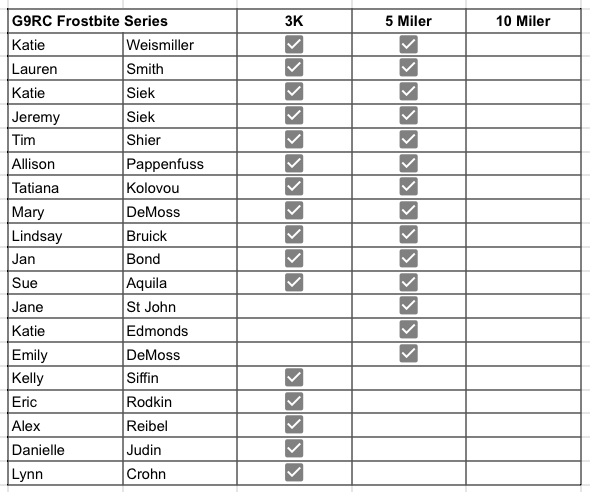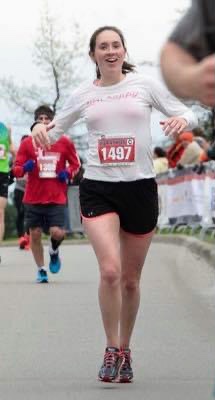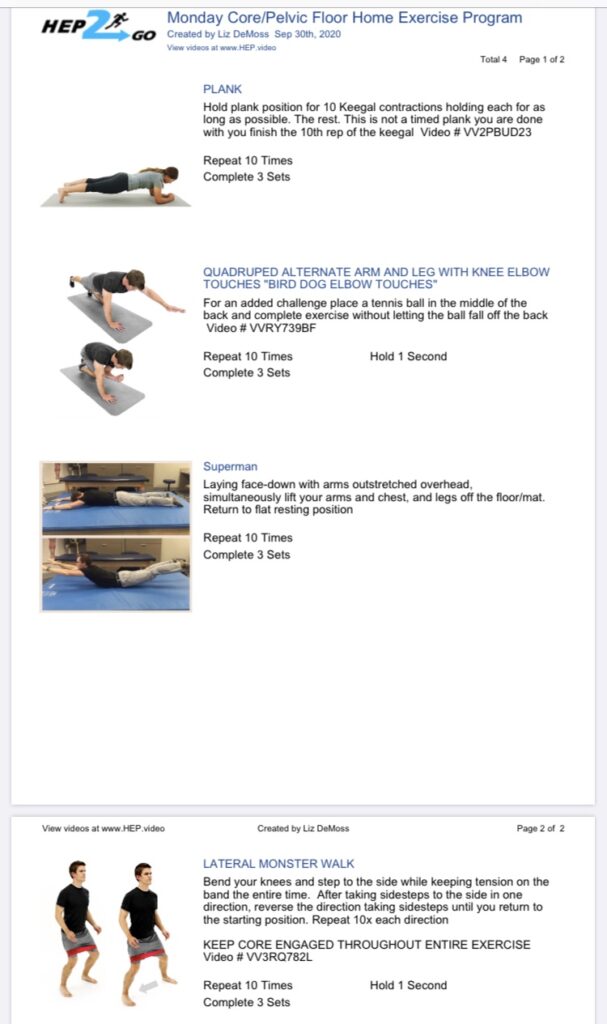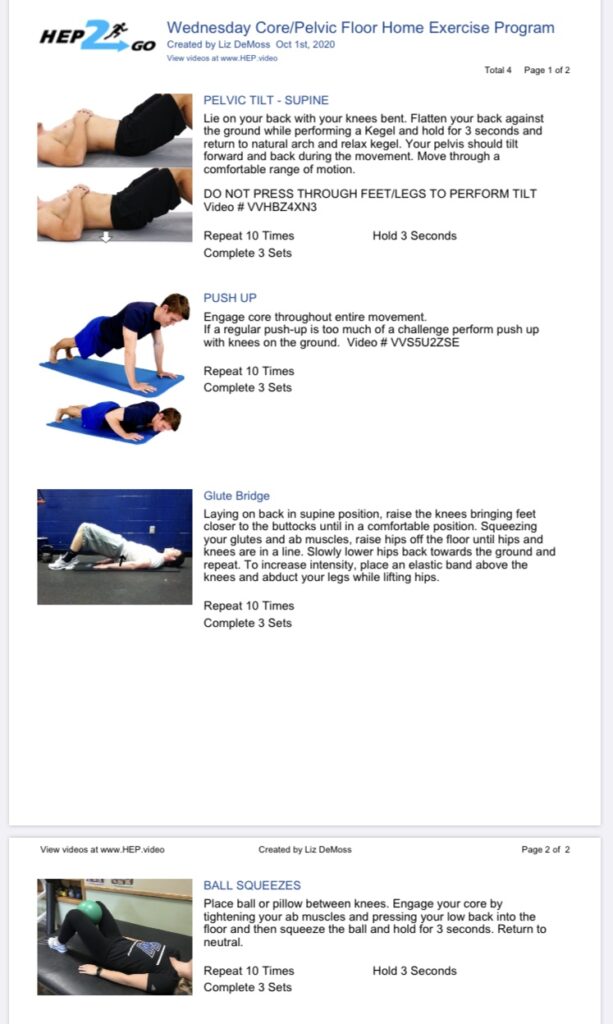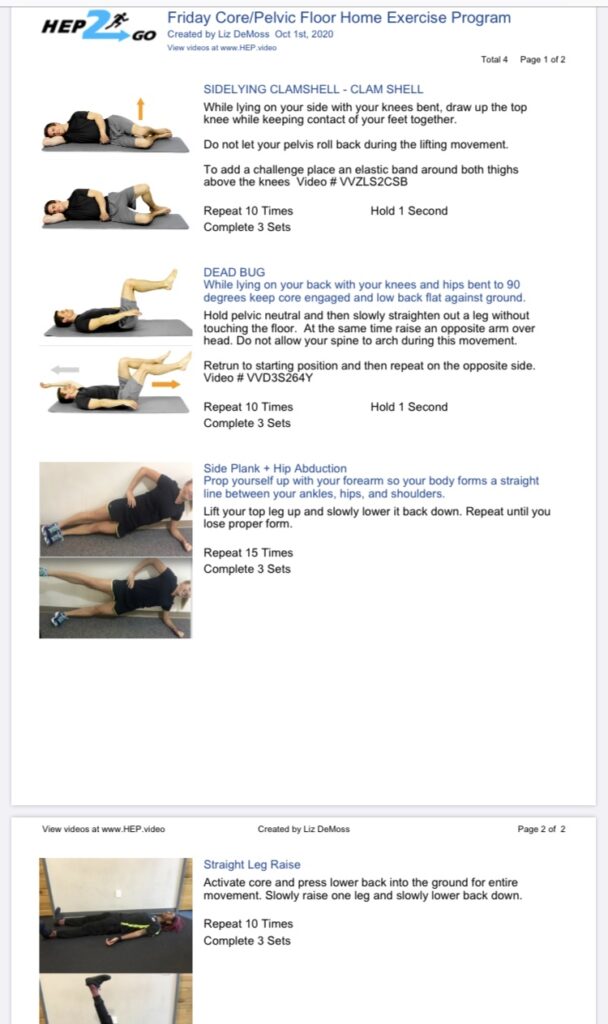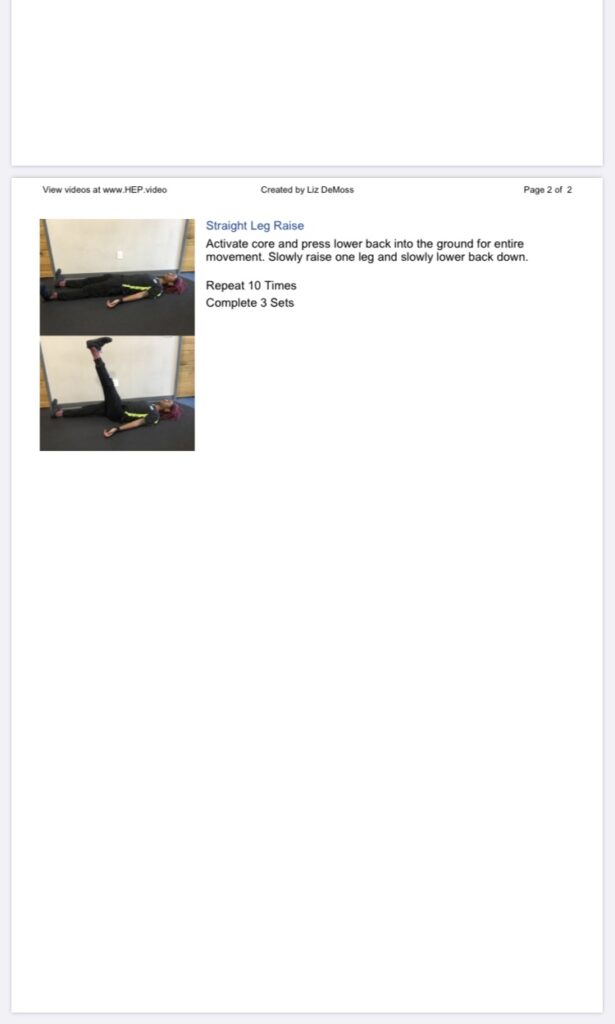I remember the pre-race excitement and fear of my first triathlon. I asked an Ironman finisher for advice during the transitions. She told me the key is to “take your time.” I failed to mention to her that my first triathlon was a sprint triathlon. I followed her advice perfectly. To this day my training partners make fun of me for stopping to make a cappuccino and eat a croissant during T1. It seems redundant to even mention that I finished at the back of the pack.
How did I move to the “pointy end” of the field? I embraced the following principles:
Consistency: Doing the work every day. I have found that my body and my mind work best with an average of two hours of training per day. I make sure my workout “appointments” are kept as strictly as my family commitments and work appointments.
Lowest Common Denominator: No, we are not revisiting algebra. This principle is a reminder that as a group of Type As we have a tendency to pick big numbers; the volume of training, the intensity of training, etc. Going big provides opportunities to miss training when you become sick or injured. In everyday training, we are best served by doing the least work possible every day to get the required training stimulus. What am I talking about? See number 3!
Outside expert: You can save yourself lots of time, energy, and effort by hiring a professor to move you to the next level. I could have suggested hiring a coach, but I want you to expect much more from that person than just a training plan. He or she should have an unofficial graduate degree in what it takes to make the move to the top. They do not have to have made the same move (it helps but it is not necessary!) but they have to have been a good student who becomes a great teacher.
Institutional Knowledge: If you are not logging your workout/races, taking notes on articles you read, reading books, and asking questions of your competitors, you are missing the little opportunities that can make a big difference in your performance. Be a student and take great notes. Identify trends and find new techniques.
Technology: Your competition is using it and there is no excuse for you not embracing it. I recommend a heart rate monitor with GPS at the very least. Wrist-based heart rate is inaccurate for me, especially in colder conditions. I still rock the chest strap to get the best heart rate data. It is difficult to improve what you cannot measure.
Recovery: If you analyze your hours in a day, a very small percentage is for actual training. Your primary focus should be on what you can do to recover stronger, better, and faster. Eat like it’s your job. Sleep like it is your religion and find the little things that give you an edge on recovery: hot tub, ART, massage, etc.
Nutrition: The pointy end tends to eat from the outside loop of the supermarket. Focusing on real food only: veggies, nuts, meats, etc. Gordo sums it up best when he advises athletes to avoid “depletion.” Your body is your vehicle, feed it the best quality fuel.
As you move up the field, choose your role models carefully. We all want to find reasons for our success. Rationalizations are not always rationale or statistically significant. Avoiding extremism is difficult in a sport that can reward extremism. As you improve, identify your principles to the pointy end.
No easy way.



